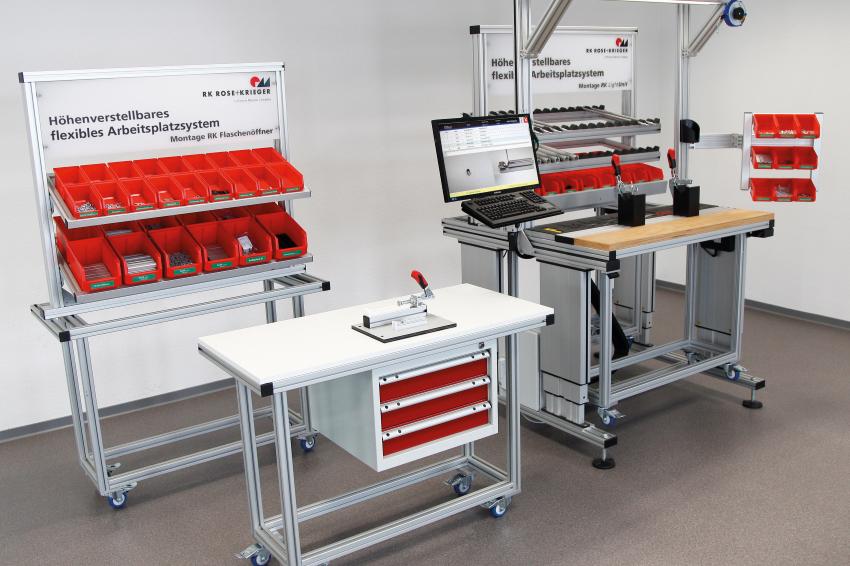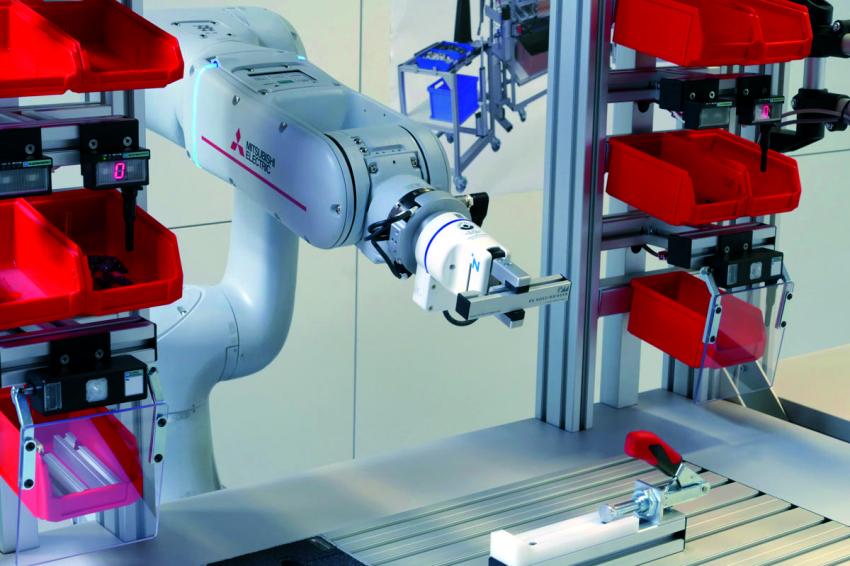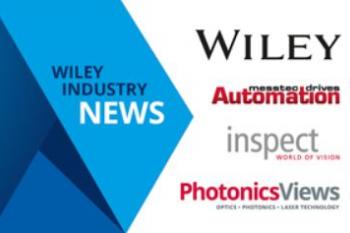The Optimal Assembly Workstation
What options are available when designing the ideal assembly workstation
Not every production can be sensibly automated or relocated abroad. This is particularly true for the manufacture of complex products in small quantities with a high degree of variability and for special solutions. In order to be able to manufacture or present such products and processes economically in Europe, special, customized assembly workstations are required, which can also be integrated into the digital working world if required.
The requirements for industrial assembly workstations are as individual as the products that are manufactured at them. They must relieve the employee of physically demanding or monotonous tasks and help to implement work processes safely and without errors. Frequently, integration into the digital working world is also required. In addition, assembly safety must be guaranteed in the event of a change of employee - a decisive factor, especially with regard to quality assurance.
The height and reach of modern manual workstations can be adjusted to suit the individual worker. They thus ensure ergonomic work that is also suitable for the disabled. The cost-effectiveness of these workstations is ensured by the fact that they can be variably adapted to the respective activity and easily converted to new tasks. Equipped with (partially) automated removal and loading devices and optical assistance systems, they also guarantee reliable, error-free production. Such assembly workstations can also be designed to be ESD and/or cleanroom compatible and combined with collaborative robots.
Support in the design of the workstation
Designing a ready-to-use industrial assembly workstation is not easy. Instead of trying to put the elements together yourself, it can be more time and cost efficient to have an expert like RK Rose+Krieger help you configure an application-specific workstation. After all, the realization of a process- and machine-safe assembly workstation requires more than just an appropriate product construction kit. It also requires comprehensive knowledge in the fields of mechanics, electronics and software solutions.
The range of assembly workstations offered by RK Rose+Krieger extends from a simple work table with or without changeover options to a semi-automated, ergonomically adapted assembly workstation with cobot and ERP connection. The designers specialize in purely mechanical, height-adjustable workstations. In contrast, the design and implementation of more complex assembly workstations, which require corresponding control and software competencies, as well as their integration into digitalized production environments, are handled by their colleagues at RK Antriebs- und Handhabungs-Technik (RK-AHT), a subsidiary of RK Rose+Krieger. The customer, however, clarifies all questions with just one contact person.
Variety through modular products
The basis for every lean workstation is the RK Easywork worktable. It is available either as a standard table or as a special solution optimally adapted to the work/manufacturing process and can be flexibly converted even after years of use. All mechanical elements of the respective workstation solution originate from the product portfolio of profile, linear, modular and connection technology from RK Rose+Krieger. For example, the base of the work tables as well as cable ducts, portals for material boxes and gallows are made of aluminum profiles from the Blocan series. Monitors can be attached to the assembly workstation in an ergonomically adjustable manner using the tube connection system. The height of the table is adjusted using lifting columns from the Multilift II series, while the reach of the material boxes can be regulated using electric cylinders. The whole system is combined with optional accessories, including
- ESD table tops
- Roller conveyors and end plates
- Socket strips for power supply
- Tool holders
- Drawer blocks and undershelves
- Keyboard trays
- PC holder for under-table installation
of the computer - Material boxes
- Changing tables
- Assistance systems ensure product quality
To ensure product quality, the workstations can be supplemented with various assistance modules. In addition to the Poka-Yoke system from Mitsubishi, these include the Setago pick-to-light system as well as cognitive, camera-based assistance systems and beamers. For the equipment, RK Rose+Krieger is cooperating with Mitsubishi Electric. The leading supplier of components and solutions provides motors, controllers, robots and visualizations for the digitized assembly workstations.
Step-by-step assembly
A pick-to-light removal system, for example, ensures that the worker always assembles the correct components in the correct sequence. The sensor solution supports him in this by displaying the component to be removed in each case via a light signal and automatically reporting back the correct removal. The Poka-Yoke system uses flap control to prevent errors. In addition to a light signal, the closing flap of the respective material box opens. This ensures that the worker can only pick up the part that matches the assembly task and sequence. Feedback is either automatic or manual. A typical area of application for Poka-Yoke systems includes workshops for the disabled.
Cognitive, camera-based assistance systems support the worker with the aid of intelligent image recognition and processing. They guide him through the individual assembly steps, check the position of the parts and correct assembly, indicate errors and thus actively ensure the quality of the manufactured assemblies. Another visual aid is the beamer. It uses light signals to show the employee the type and position of the parts and the assembly sequence, and is therefore suitable not only for everyday use but also for training and familiarization of new employees.
Cobots to relieve the workload
Assembly workstations can be equipped with small collaborative robots, so-called cobots, specifically to relieve workers of monotonous, physically demanding or dangerous tasks. They work together with humans, for example, handing them materials or placing finished parts. To learn these work steps, they are guided by hand during teach-in. Once the process has been learned, the cobot then carries it out automatically. In this way, even critical or dangerous processes can be automated, thus eliminating or at least minimizing the risk to employees.
If required, several assembly workstations can be connected to each other via linear axes. A handling robot travels between the workstations on these axes and transports workpieces from one processing station to the next, for example.
How is a requirement-specific manual workstation created?
When the specialists for lean workstation systems develop an application-specific assembly workstation, they first define the requirements together with the customer. This includes determining all critical work steps, such as intermediate inspections as quality control. In many cases, a workshop helps the customer to become clear about the possibilities of the system and the resulting options for his production. After all, the design possibilities are endless.
Author
Bernd Klöpper, Marketing Manager








